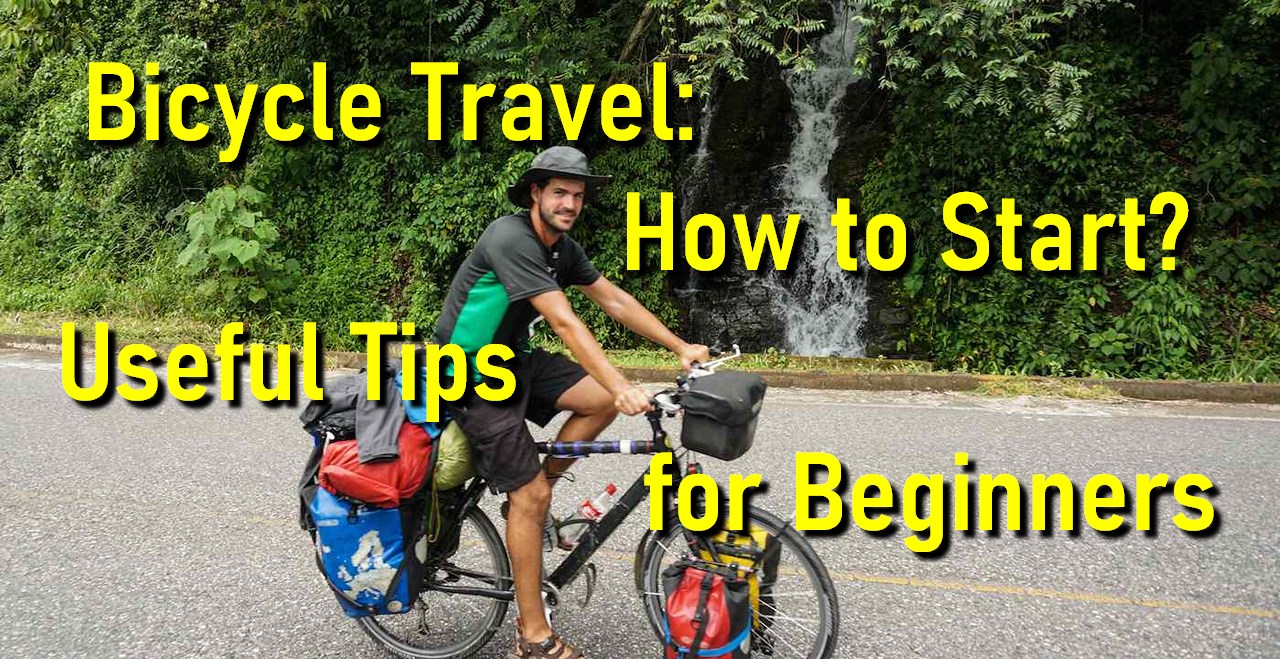Bicycle travel is gaining more and more popularity. And this is not surprising, because this format of travel allows you to feel every kilometer of the way with your feet. In the memory remains a lot more impressions, and you have a completely different perception of the road than if you had done the same way by car (something to fly at speed, something to sleep or watch because of immersing in your thoughts). Each person has an innate need for travel and his/her way to realizing it. If you’re afraid to take a trip on your own and don’t have anyone to keep you company, there are plenty of bike clubs in Lancaster, both paid and free. But if you’ve made up your mind, this article is for you.
Here, you’ll find some helpful tips for your bike trip.
The route
It’s a good idea to find out where you want to ride. The route should determine how much you’re going to see, the quality of the roads, and the amount of money you’re going to spend. So choose it wisely. Consider the length of the route per day, terrain, number of days, sightseeing spots, etc.
Money
Remember: anything can happen on the road, so budget for contingencies like bike repairs or an unplanned overnight stay. As for expenses, you should count on about $15 per day. And that’s assuming that you’ll cook for yourself, and live exclusively in the tent. For more money, say, 30-50 per day you can afford to spend the night in hotels, go to museums, and have lunch in cafes.
Tools for repairing
It’s important to have minimal bike repair skills and a set of appropriate tools. Be prepared to tape up a tube if a tire gets punctured, or straighten a steering column after a fall. Do not go on a distant bike trip on a used bike without the slightest idea of how to fix it. Of course, the locals can help you, but there are situations where you have to rely solely on yourself.
What you need to buy for the trip
-
A bicycle lock. Without it, there is a great chance to lose the bike. Although with it such chances exist too.
-
Flashlights. Drivers can safely bypass you, only if they see in advance.
-
A portable pump to inflate the wheel after a blowout.
-
Cycling shorts and gloves.
-
A bicycle canteen and an anchorage for it.
Enough amount of food and water
Cycling takes a lot of energy and burns hundreds, if not thousands of calories. Therefore, healthy, calorie-dense foods are needed to keep you going. This can be bananas, peanut butter, or apples. It’s also important to control your body’s water balance because if you’re dehydrated, your blood will clot, your heart rate will rise, and you’ll find that a generally pleasant ride can lead to health problems. Plan to drink at regular intervals, such as every 15 minutes.
Important: study the countries for local foods as well as the gifts of nature (berries, mushrooms, etc). Also, it is equally important to assemble a first aid kit consisting of medicines, descriptions of the area of action by disease, doses, the necessary amount depending on the number of participants in the hike.

